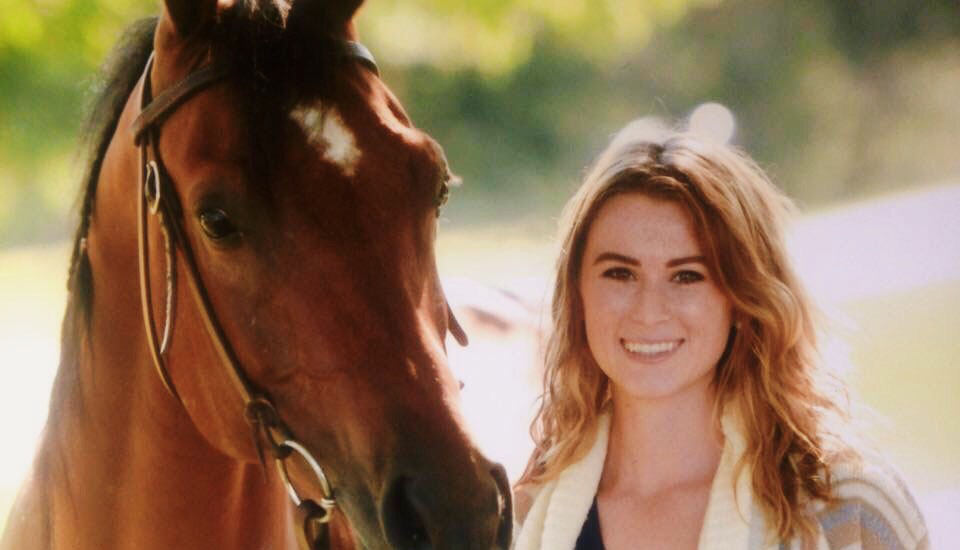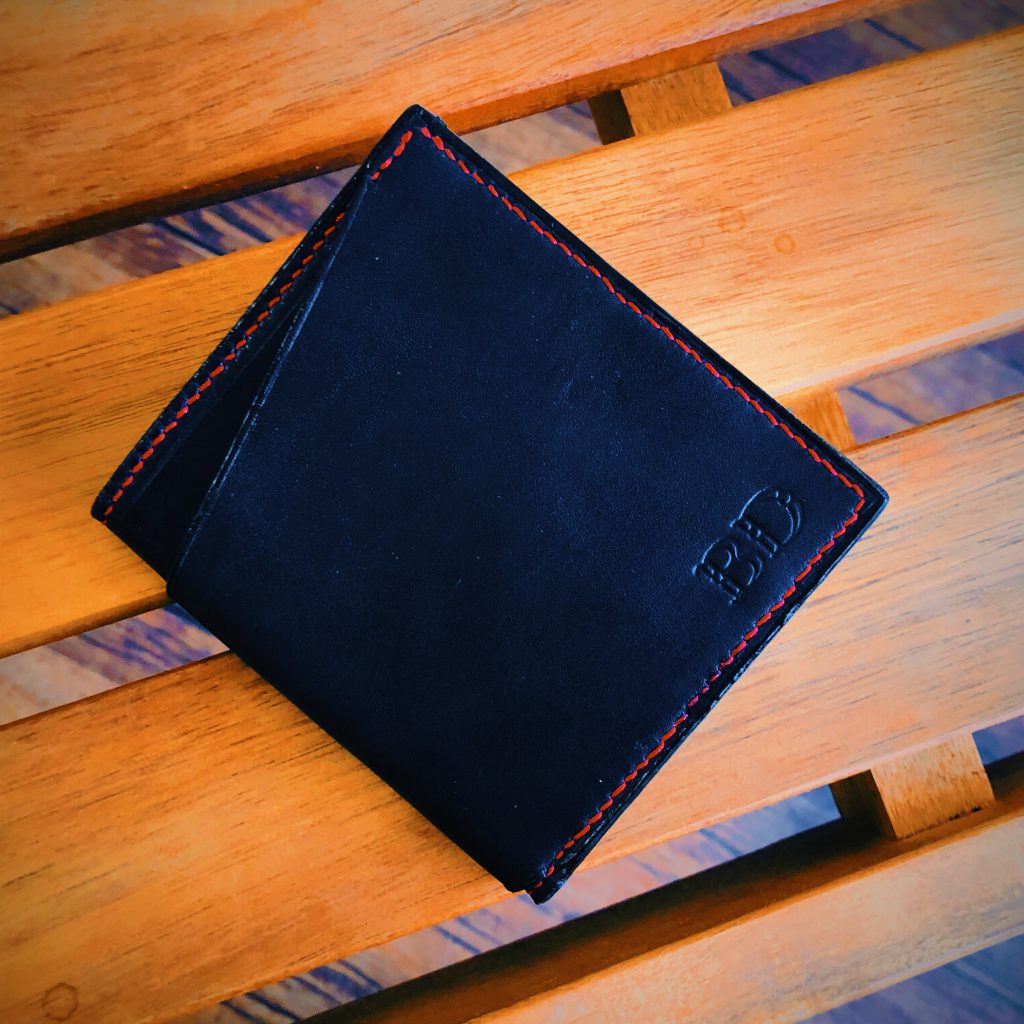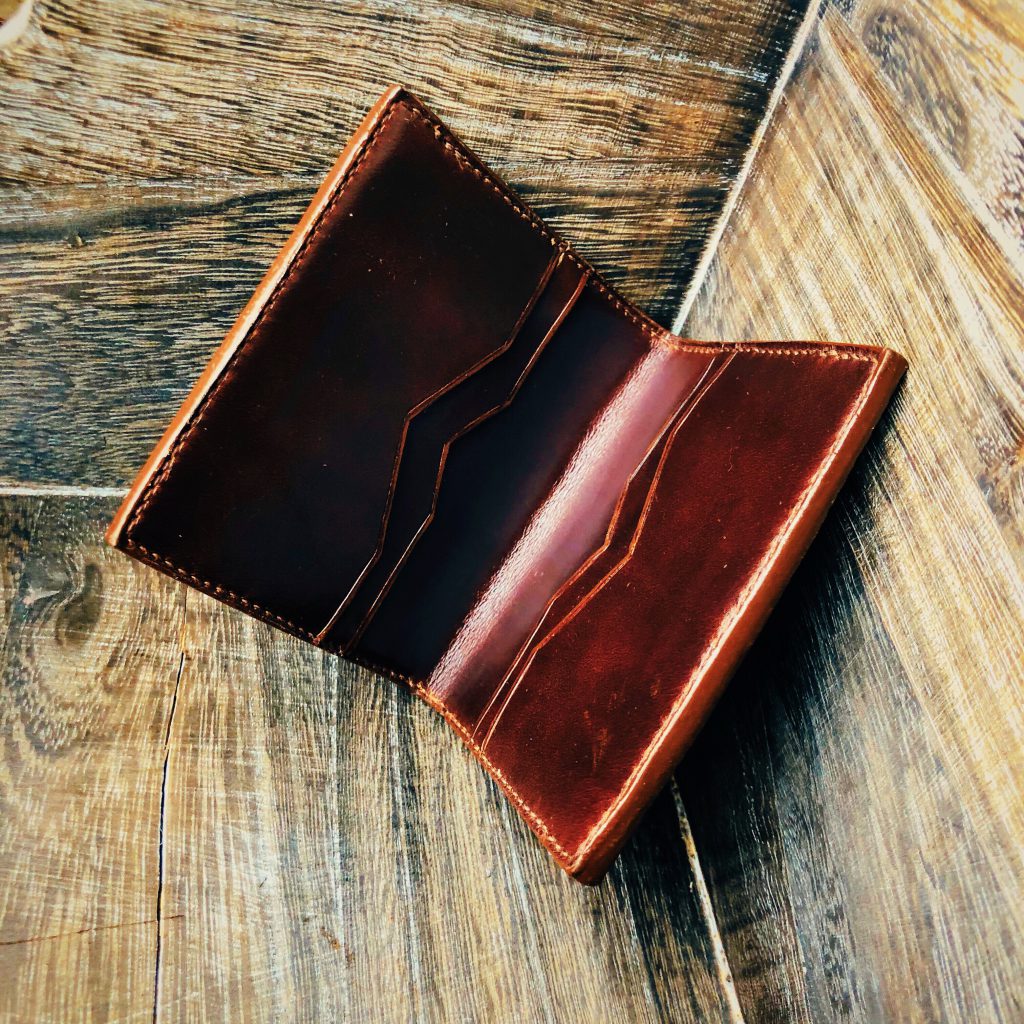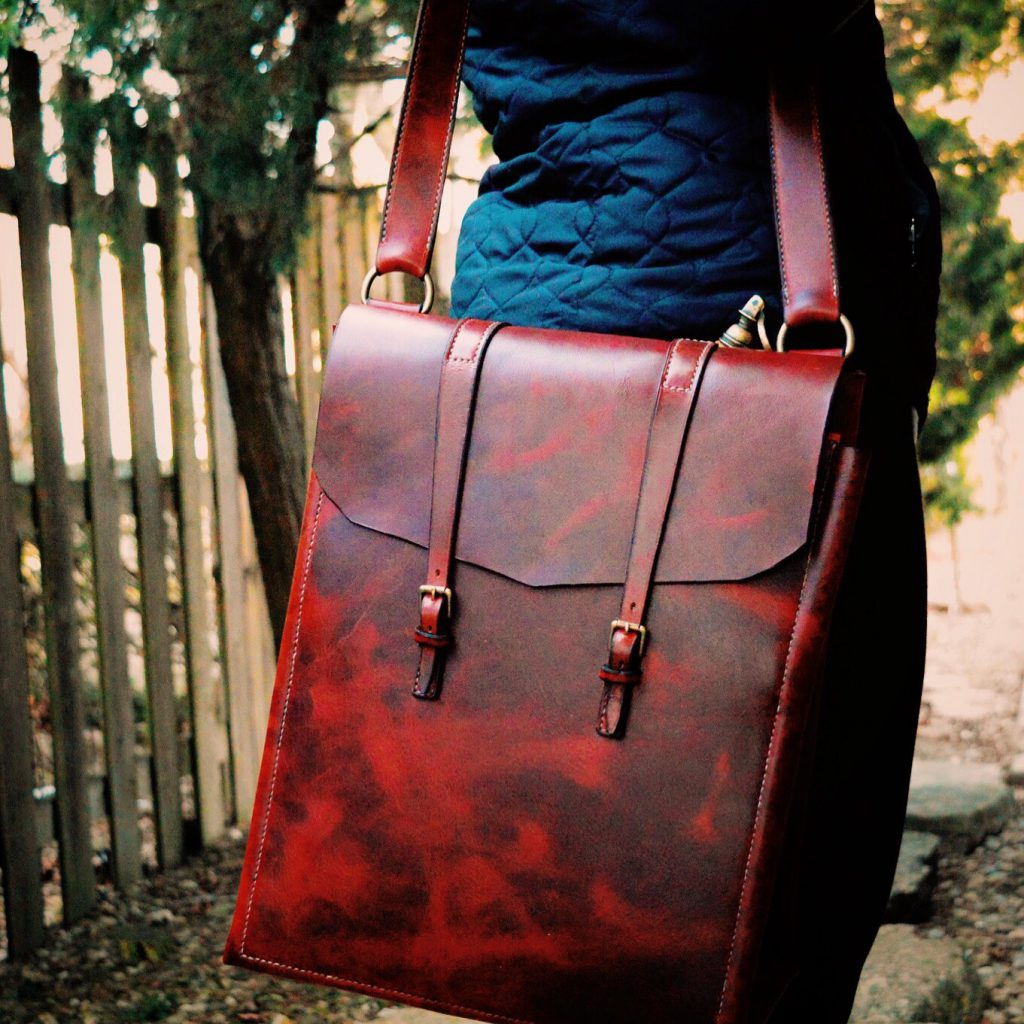Leather Repair Specialist at Stanbridge Master Saddlers (St. Charles, Illinois)
I grew up in the suburbs of Chicago, and started riding when I was ten years old. My mom probably thought I would outgrow it, but when I decided to attend college for an equestrian degree it demonstrated that it was clearly not just a phase for me. I grew up riding Saddle Seat and had an amazing trainer. I often worked for my lessons much of the time.
I originally went to a small school in Kentucky, but decided that it was not the right fit for me. Then I found William Woods University,and transferred in as a sophomore. I ended up experimenting with the Western Seat and ended up loving it.
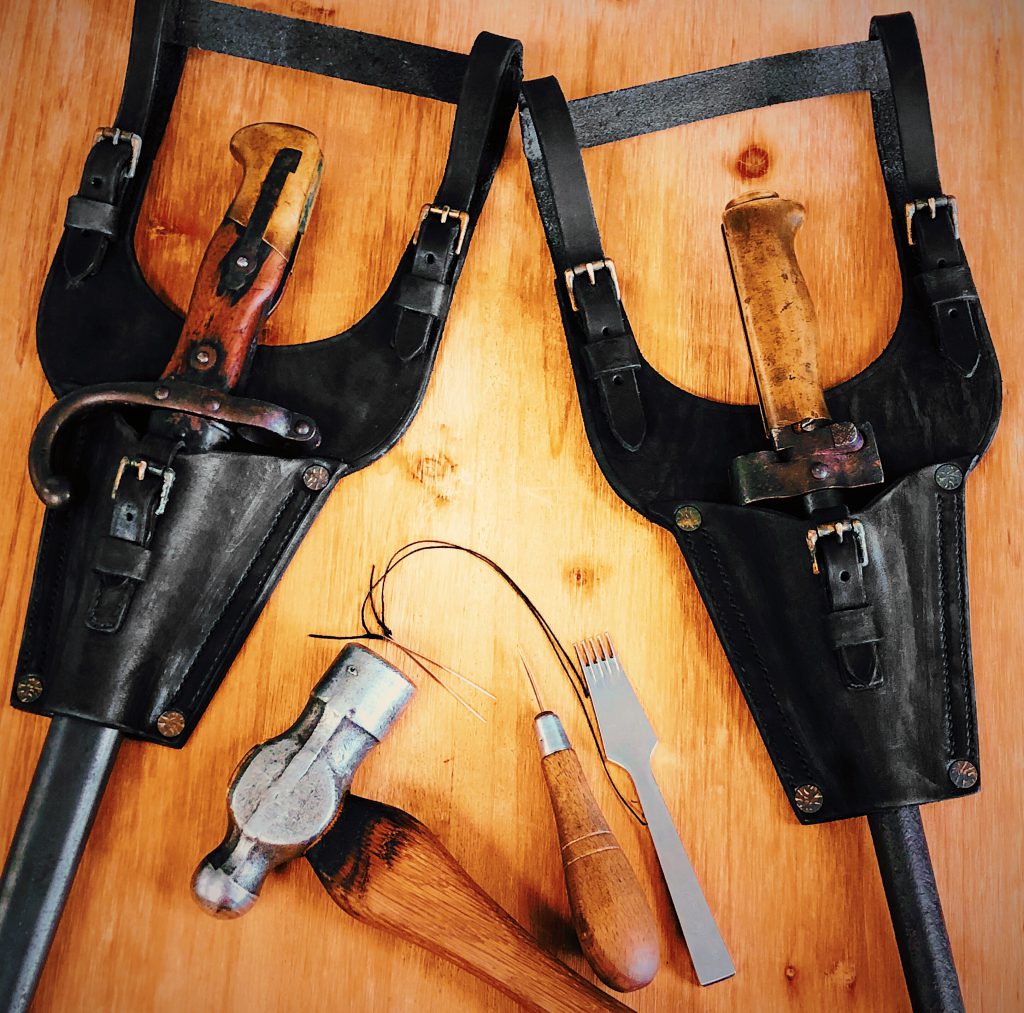
Overall, the equestrian program at William Woods is so versatile, and I loved that. You have the ability to focus on one area, or do a little bit of everything. I chose to take advantage of that while there, incorporating as much versatility into my schedule as I could. I loved being able to create the well-rounded education that I had been searching for.
Itwas justa great environment – the professors, staff, and my classmates truly formed a supportive community. It felt like people at William Woods really cared about you and your success.
After college
When I graduated, I was not entirely sure what I wanted to do. I was truly drawn to very different aspects of the industry. For example, my internships lead me to manage a trail riding facility in Wisconsin, experience breeding and reining in Colorado, and then stunt training in Georgia and even Wales in the UK.
My first job after college was working as a vet tech in the Chicago area. I learned so much on the medical side of things, assisting with everything from vaccinations to surgeries. Although it was a good experience, I decided I needed a job that provided more balance to my crazy schedule and allowed me to be home at the end of the day.
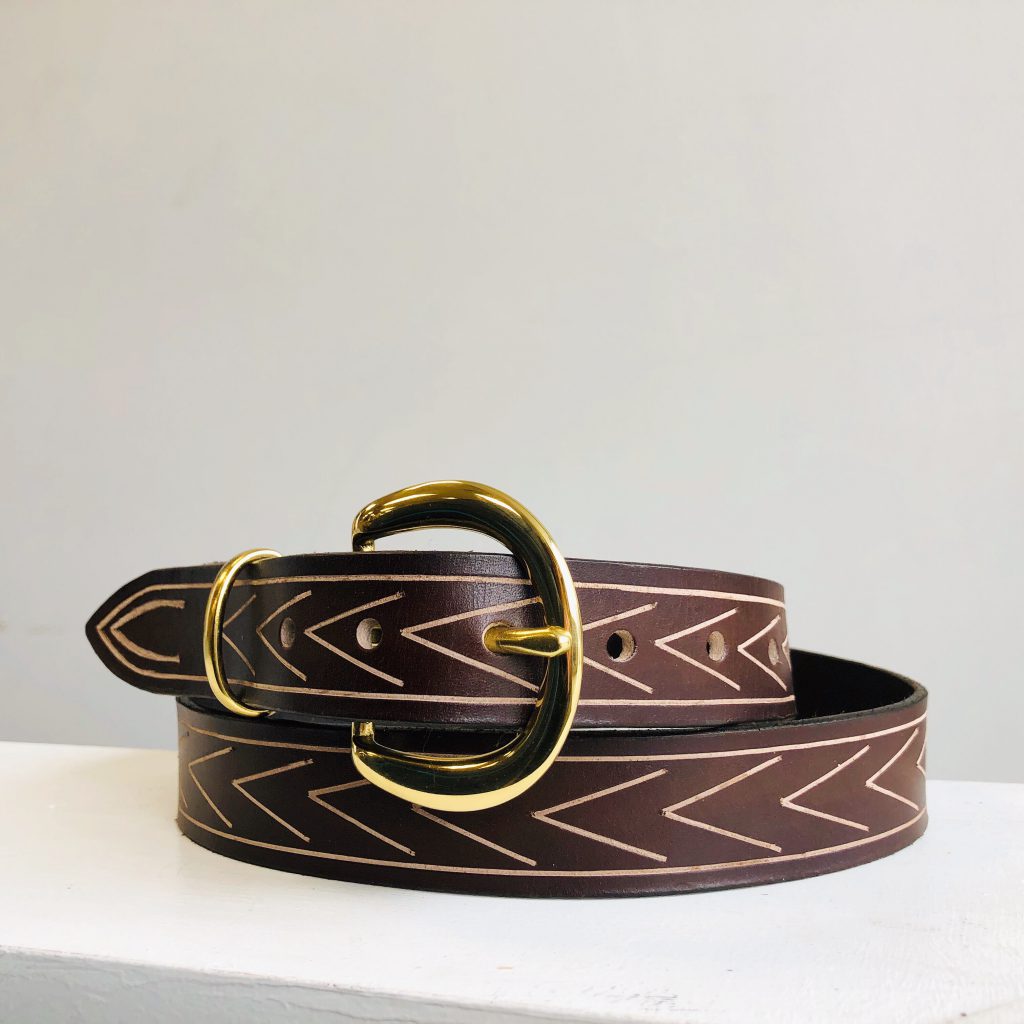
I had started doing leatherwork while at William Woods when I took a tack construction and repair class, and had loved it. I was able to combine my creative, artistic and horse side. It was making art that was useful. I started off making spur straps, belts, and dog collars, and loved every project. Although the class had given me basic skills, I took it to the next level and started teaching myself some more advanced techniques.
It hadn’t really occurred to me to pursue leatherwork as a career, but then a family friend told me about a tack shop (Stanbridge Master Saddlers in St. Charles, IL) nearby that had a leather repair shop. I found their email online and asked if they were hiring. Within a day she responded and we set up an interview.
There was a master saddler in the shop at the time and she complimented my work. I was thrilled, and am very excited to work there.
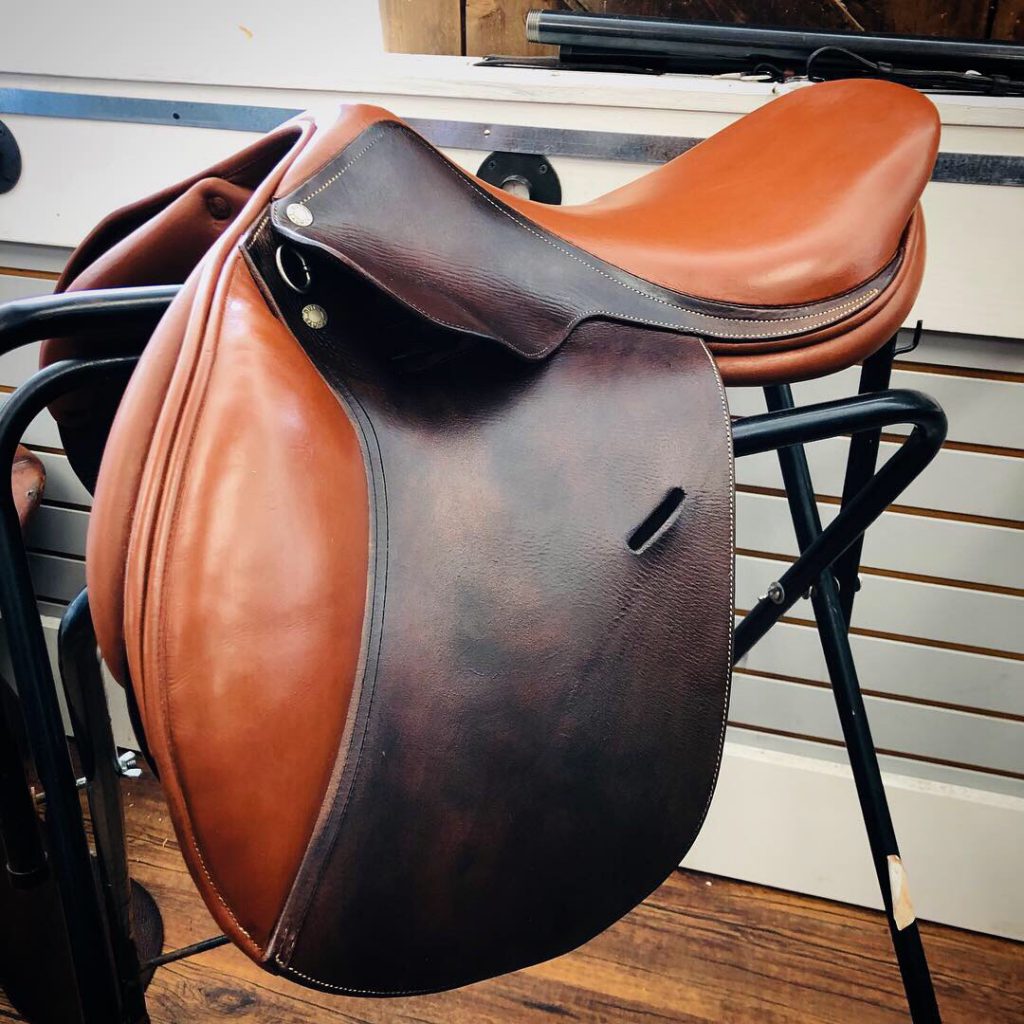
Advice for current students
Within this small community, you get exposed to four different seats. This develops a unique opportunity to learn from a variety of perspectives, training methods, and horses. Not only do you learn a lot, but you are pushed to try new things. Trying a new seat was always a way to have fun, learn a lot, and develop a beginner’s mindset. It’s a challenge, but one that allows you to stretch and grow.
One of the most impactful classes I took was an equestrian history course. I learned so much in that course. We learned everything from domestication and early training techniques, through the evolution of different disciplines, to current day. It was an amazing way to track the development on an industry we were destined to join.
My advice to current students is to take advantage of that program as much as possible. You might just find something new that you love. The only regret I have is a couple of classes I would have loved to take but couldn’t squeeze into my schedule. Make sure you branch out and try new things when in college or starting out in your career – it certainly paid off for me.

